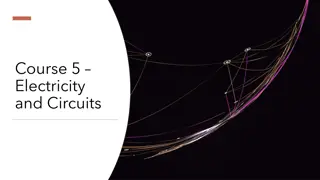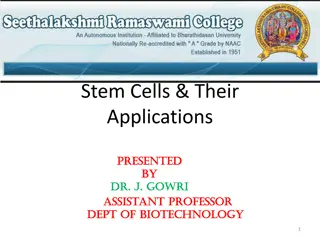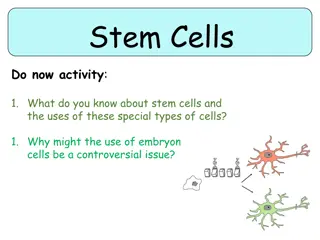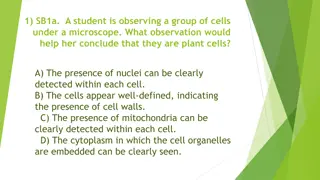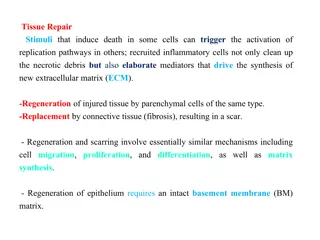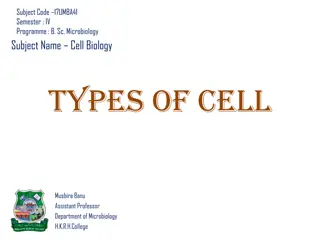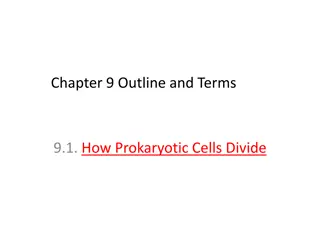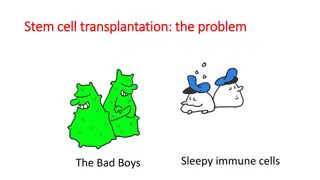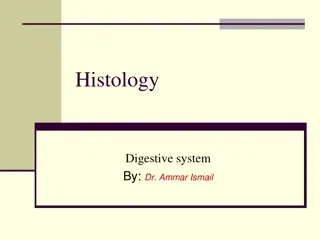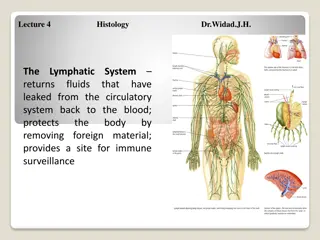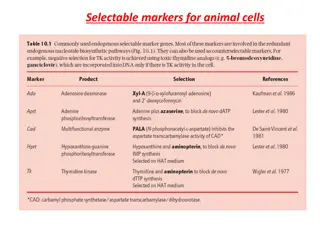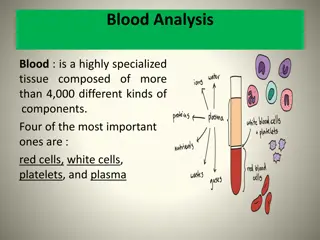
Understanding Cell Organization and Specialization in Multicellular Organisms
Explore the organization and specialization of cells in multicellular organisms, learning about cell division, differentiation, and the formation of tissues and organs. Discover the intricacies of the cell cycle, nuclear division, and the human life cycle through informative visuals and detailed explanations.
Download Presentation

Please find below an Image/Link to download the presentation.
The content on the website is provided AS IS for your information and personal use only. It may not be sold, licensed, or shared on other websites without obtaining consent from the author. If you encounter any issues during the download, it is possible that the publisher has removed the file from their server.
You are allowed to download the files provided on this website for personal or commercial use, subject to the condition that they are used lawfully. All files are the property of their respective owners.
The content on the website is provided AS IS for your information and personal use only. It may not be sold, licensed, or shared on other websites without obtaining consent from the author.
E N D
Presentation Transcript
The organisation and specialisation of cells
Learning Outcomes Demonstrate how cells of multicellular organisms are organized Apply knowledge of how the organization of cells into tissues, organs, and organ systems
Nuclear Division looking at the Karyotype of a human male, you can see: Homologous pairs each pair has distinctive banding when stained. 22 pairs of autosomes 1 pair of sex chromosomes (female XX; male XY)
Human Life Cycle Diploid Zygote 46 Haploid Sperm 23 Adult 46 Haploid Egg 23 fertilisation
Cell Division In most cells, the nucleus divides first then the cytoplasm (cytokinesis). This is mitosis and can be used for: Growth and repair Replacement of cells Asexual reproduction In bacteria, cell division takes place by binary fission DNA replicates Cell divides
Cell division in yeast Yeast is a single celled fungus It reproduces asexually by budding Cell produces a swelling (bud) Nucleus divides into two the bud gains a nucleus The bud breaks off leaving a bud scar Sometimes buds produce their own buds before separating.
Differentiation Unspecialised cells which show totipotency include Stem cells in animals Meristematic cells in plants These cells divide and then specialise, this is differentiation.
Differentiation and organisation There is a physical limit to the size a single cell can reach, therefore multicellular organisms need specialised cells. These specialised cells are organised into tissues which carry out a specific function. Tissues are organised into organs.
Differentiation of cells Cells differentiate in a number of ways, by changing: The number of a particular organelle Muscle and liver cells contain many mitochondria The shape of the cell Red blood cells are a biconcave shape Some of the cell contents Red blood cells do not contain a nucleus Differentiation means to specialise to carry out a particular role or function.
Examples of specialised cells Neutrophils Erythrocytes rhairc Sperm Root hair cells
Structure of specialised cells Try to write out the specific function of each specialisation Granular cytoplasm due to large numbers of lysosomes Lose their nucleus, mitochondria, Golgi apparatus and RER Contain Haemoglobin Neutrophils Erythrocytes Hair-like extension, to increase the surface area for water absorption. Energy for movement of the undulipodium comes from the large number of mitochondria. Head contains specialised lysosomes Root hair cells Sperm
Tissues, organs and systems Tissue a group of similar specialised cells in a many celled organism, that carries out a specific function or several related functions Organ group of different tissues forming a distinct structure and functioning together animal lungs, heart, kidneys plant roots, stems, leaves System collection of organs with a particular function cardiovascular and digestive systems
Tissues A tissue is a group of similar, specialised cells which carry out a specific function, or several related functions. Animal tissues squamous and ciliated epithelium Plant tissues Xylem and phloem
Animal Tissues Tissues that form sheets covering surfaces are called epithelial tissues, epithelial tissues are one cell thick and rest on a basement membrane (a network of collagen and glycoproteins), which holds the cells in position. Two examples of animal tissues are squamous and ciliated epithelium.
Ciliated Epithelium This tissue is found lining the ends of the bronchioles in the lungs.
Squamous Epithelium This tissue covers many surfaces in the human body including the inner lining of cheeks and lining the walls of the alveoli in the lungs. In the alveoli, the thinness of cells allows rapid diffusion of gases between alveoli and blood.
Plant Tissues Examples of plant tissues include xylem and phloem, which are transport tissues in plants. Xylem transports water and ions, phloem transports sugars and other compounds made by plants. Tissues can be presented in plan diagrams, plan diagrams DO NOT show any individual cells.


